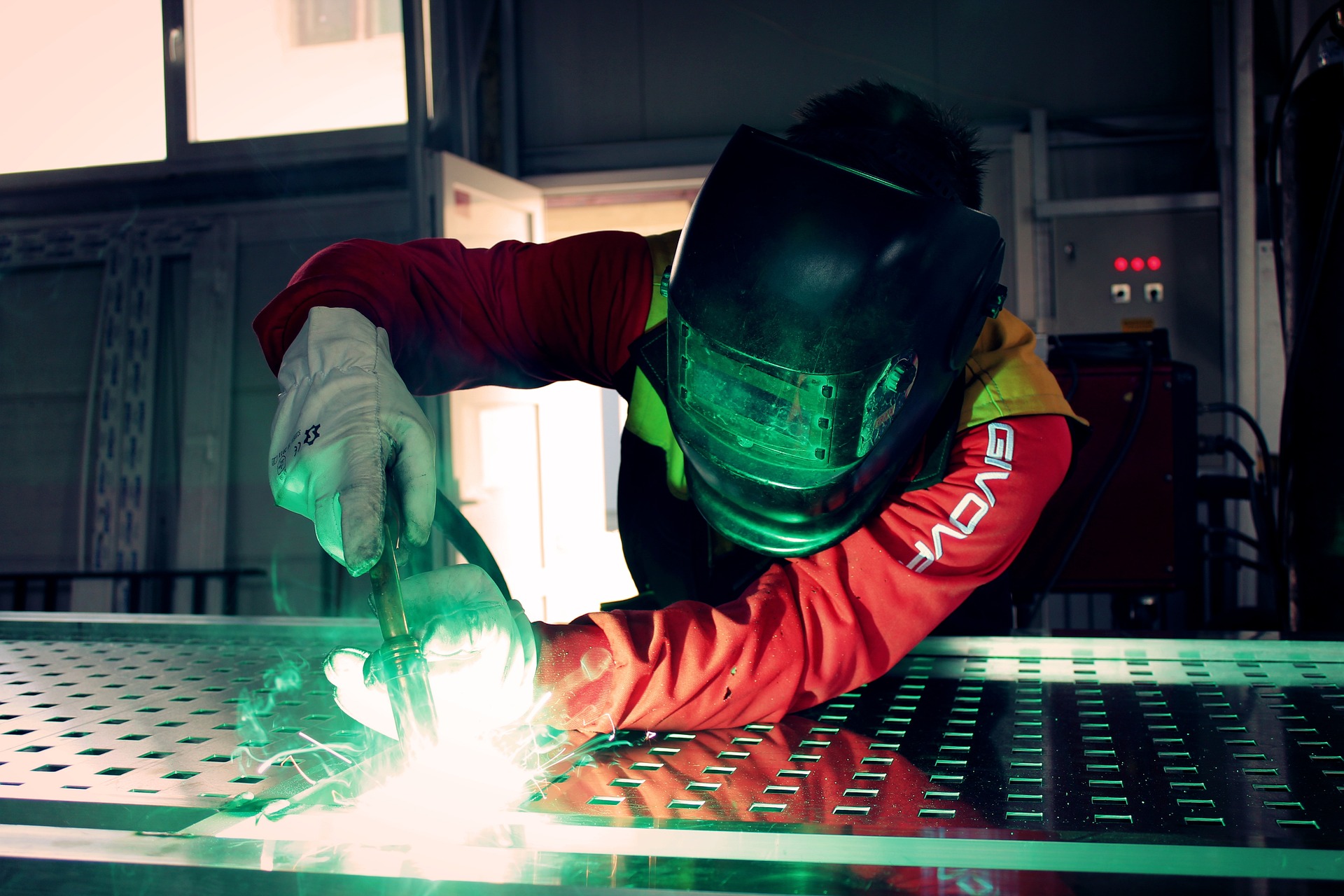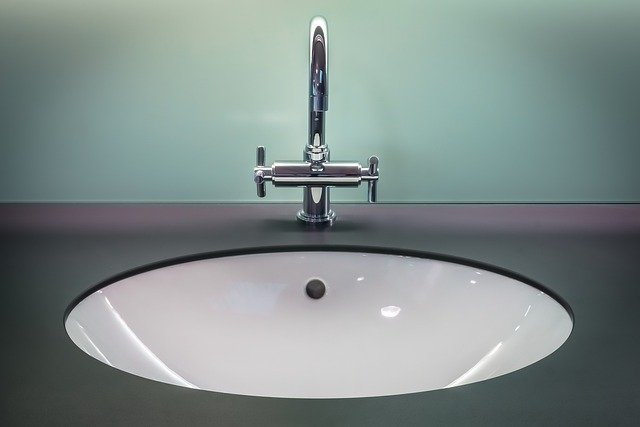Essential Protective Equipment for Welding Professionals
Discover the vital safety gear that every welder needs to stay protected on the job. From cutting-edge helmets to specialized footwear, this comprehensive guide explores the crucial equipment that safeguards welding professionals from potential hazards. Learn how proper gear selection and maintenance can significantly enhance workplace safety and efficiency in the welding industry.

Safeguarding Welders: A Comprehensive Look at Vital Protective Equipment
Welding, a cornerstone of many industrial processes, demands rigorous safety measures to protect its skilled practitioners. This article delves into the critical protective gear that every professional welder should utilize to ensure their well-being on the job.
The Welding Helmet: A Shield Against Invisible Threats
At the forefront of a welder’s protective arsenal is the welding helmet. This crucial piece of equipment serves as a barrier against the intense light and radiation emitted during the welding process. Modern helmets often incorporate auto-darkening technology, which provides clear visibility before and after welding while automatically adjusting to protect the eyes when the arc is struck.
The helmet’s primary functions include: - Shielding eyes from harmful ultraviolet and infrared radiation - Protecting the face from flying sparks and debris - Reducing the risk of burns and eye injuries
Welders should regularly inspect their helmets for any signs of damage or wear, ensuring the protective lens remains scratch-free and functional.
Gloves: Balancing Protection and Dexterity
Welding gloves are indispensable for protecting hands and forearms from extreme temperatures and sharp edges. The ideal welding gloves offer a combination of heat resistance, durability, and flexibility. Materials such as cowhide and elk skin are popular choices due to their protective qualities and ability to maintain dexterity.
Key features of quality welding gloves include: - Heat-resistant materials to guard against burns - Reinforced palms and fingertips for enhanced durability - Adequate length to protect the forearms - Proper fit to ensure comfort and mobility
Welders should replace their gloves regularly, especially when signs of wear become apparent, to maintain optimal protection.
Footwear: The Foundation of Safety
Steel-toed boots play a crucial role in a welder’s safety ensemble. These specialized shoes protect the feet from heavy falling objects and provide insulation against electrical hazards. The steel toe cap is designed to withstand significant impact, safeguarding the welder’s toes from potential crushing injuries.
Important aspects of welding footwear include: - Impact-resistant steel toe caps - Heat-resistant soles to withstand hot metal and sparks - Materials that resist ignition from welding splatter - Electrical hazard protection
Regular inspection of boots for wear and tear is essential to ensure continued protection.
Additional Protective Gear for Comprehensive Safety
While helmets, gloves, and boots form the core of a welder’s protective equipment, several other items are crucial for complete safety:
-
Flame-resistant clothing: Specially treated fabrics that resist ignition and protect against sparks and heat.
-
Respiratory protection: Masks or respirators to filter out harmful fumes and gases, especially in poorly ventilated areas.
-
Hearing protection: Earplugs or earmuffs to prevent hearing damage from prolonged exposure to loud welding environments.
-
Welding screens: Portable barriers to protect nearby workers and passersby from arc flash and debris.
-
Protective outerwear: Fire-resistant aprons or jackets for additional torso protection against sparks and heat.
Maintenance and Replacement: Ensuring Ongoing Protection
The effectiveness of safety gear relies heavily on proper maintenance and timely replacement. Welders should adhere to the following guidelines:
- Daily equipment inspections before use
- Immediate replacement of any damaged or worn items
- Regular cleaning and proper storage of all gear
- Adherence to manufacturer recommendations for replacement intervals
Typically, welding gloves may need replacement every few months, while helmets can last several years with proper care. Steel-toed boots should be replaced every 6-12 months, depending on usage intensity.
Conclusion: Investing in Safety for Long-Term Success
For welding professionals, the right protective gear is not just a requirement—it’s an investment in personal safety and career longevity. By prioritizing high-quality equipment and maintaining it diligently, welders can significantly reduce their risk of injury and create a safer working environment.
Remember, in the world of welding, comprehensive protection is the key to a successful and sustainable career. Stay informed about the latest advancements in safety gear and always prioritize your well-being on the job. With the right equipment and a commitment to safety, welders can confidently tackle even the most challenging projects while safeguarding their health for years to come.






